I had a “mind-blown” moment in a packraft while paddling out from the crater lake of an active volcano in Alaska. “Seriously?” I thought. “Who gets to do this?” I was enraptured. The crater lake was turquoise-blue, surrounded by black basalt, green grass, blue lupine flowers and a curious red fox. The only objects with more pop were our vibrant personal crafts. And this wasn’t even supposed to be the highlight of the trip. After leaving the crater, we’d paddle the Aniakchak River as it ramped down from volcanic boulder-garden class IV to drifting class I over 30 miles of wilderness at the far corner of North America.
It was our ultra-portable human-powered vessels that made this trip possible. It took two flights, a hitched ride and a 25-mile hike to reach the crater lake, none of which would have been fun lugging in a kayak or larger inflatable boat. In fact, the members of our party who didn’t want to paddle the class IV section simply portaged the eight-pound packrafts around.
Despite having grown up on the bank of Alaska’s second-largest river and attending college in the land of 10,000 lakes, I never really saw water until I bought a packraft. Once I did, I made up for lost time. My packrafts have surfed waves in Hawaii (poorly), guided my in-laws through an iceberg-filled lake (frigidly), caught Arctic char in sleepy pools (fillingly), and transported kids, dogs, skis and mountaineering gear (not all at the same time). I even hosted a game of “packraft polo” during my wedding.

Lightweight and portable boats have appealed to cultures worldwide for millennia, initially as woven boats. The first inflatable raft was created within a few years of the vulcanization process for rubber in the 1800s, and could even be worn as a cloak. The modern era of packrafting co-originated in Tasmania, where flatwater inflatables and sleeping pads were modified for downriver use, and in Alaska, where Sheri Tingey built a river-capable boat for her college-aged son to carry into the mountains. Today’s packrafts range from four to 10 pounds and fit in the sleeping bag compartment of an overnight backpack.
Being old and new at the same time, packrafts provide a unique offering to the paddlesport community. The key to understanding the modern packraft’s value is knowing they were initially designed as hiking accessories, with downriver performance only gaining attention in the last two decades. The result is both a blessing and a curse. Let’s start with the blessings.
Busting down barriers to paddlesports
Packrafts are an excellent option for water-curious recreationists. They are easier to transport than any other boats, more stable than everything except for sit-on-top kayaks, and more comfortable for new paddlers than river kayaks.
The wide, flat bottom of a packraft provides an immediate sense of comfort and capability. The hull design of most packrafts results in excellent primary stability (while flat in the water) and poor secondary stability (while on edge). In more useful terms, packrafts are very stable until they get tipped on edge. The common open-boat design also feels less committing and contained than a kayak. Even decked packrafts have oversized non-confining cockpits.
If water-curious folks become whitewater-curious, the packraft is again an easier entry point. It helps to draw a parallel to the “qualifier” feature commonly found at the start of many technical mountain bike trails. The idea of the qualifier is if you can’t bike it, you shouldn’t ride the rest of the trail. The kayaker’s equivalent of a qualifier is the combat roll—your ability to roll controls your progression into more challenging whitewater, and your boat lets you know when you aren’t ready for the next level of difficulty. While some packrafters can roll their boats, most rely on a wet reentry, which is significantly easier than learning to roll a kayak. With practice, the reentry can take seconds. The primary stability and this ability to self-rescue without a roll allow paddlers to enjoy whitewater without these barriers kayaks present.
I recognize Alaska rarely represents national trends—otherwise we’d see a lot more Carhartts and beards—but most new whitewater kayakers here in the state were introduced to whitewater as packrafters.
From the local park to the most remote corners—packrafts can go anywhere
It is still incredible to me that these functional and durable boats can be carried at the bottom of a backpack or strapped to the handlebars of a bike. One of my first impressions with a packraft was that I had missed so many opportunities to bring the boat on vacations and road trips. Why not? From picnics with the kids, playing in the surf, to technical whitewater, a packraft can take you there.
The other benefit of the small package is the ease of storage and transportation: in the corner of a closet, the trunk of a car or the overhead compartment of an airplane.
On a float of the Colorado River’s Grand Canyon, our group had a spare packraft inside another packraft! It’s just that easy.
Packrafting and remote access have also always gone hand-in-hand—the blue lines on the map suddenly turn into trails. I typically seek more scenic rather than technical rivers in my packraft, and my favorite trips have involved switching between hiking and paddling, such as on the Aniakchak. Other paddlers seek harder water, and recent advances in hull design have opened hard-to-access class IV and V rivers to capable packrafters.
Willing Teachers
An attribute of packrafts easy to overlook is their stability can quickly create a false sense of ability. I paddled class III and IV rivers for years without good technique when catching eddies and peeling out. This is because the attributes that make a packraft easier to jump in can also make it hard to distinguish between skill and luck.
It took a series of close calls and a few fatalities within my paddling community to bring the consequences of poor technique to my attention. I had been running rivers like I hiked trails: fast and straight down the middle. This worked, until it didn’t.
I recognized the need for mentorship and found it in a warm (if wet) embrace from the river running community. Instead of a backpacker with a boat, I became a river runner. I tried to match kayakers’ maneuvers stroke-for-stroke. I took a swiftwater rescue course, and made eddy-hopping a normal part of my outings. In addition to becoming a better and more prepared paddler, I was rewarded with new friendships and trip partners.
The global packrafting community has done a wonderful job of developing a safety culture, and proper equipment and training are more common than ever. But the motivation has to come from within; you can’t rely on the packraft to tell you what you don’t know.
Return to the Aniakchak
On those last miles of the Aniakchak River, the gradient waned, and we faced a brutal headwind before reaching the ocean. But once we had finished, the reward was a dry cabin and an endless shore of driftwood to fuel the woodstove.
We listened to the waves crash, dried our gear and prepared for the next leg of the journey: a week of walking and paddling our packrafts along the coast to reach the next airstrip, where I got bit by a dog. I suspect he was just jealous of my boat.
Feature Image: Matt Allen / AQ Outdoors




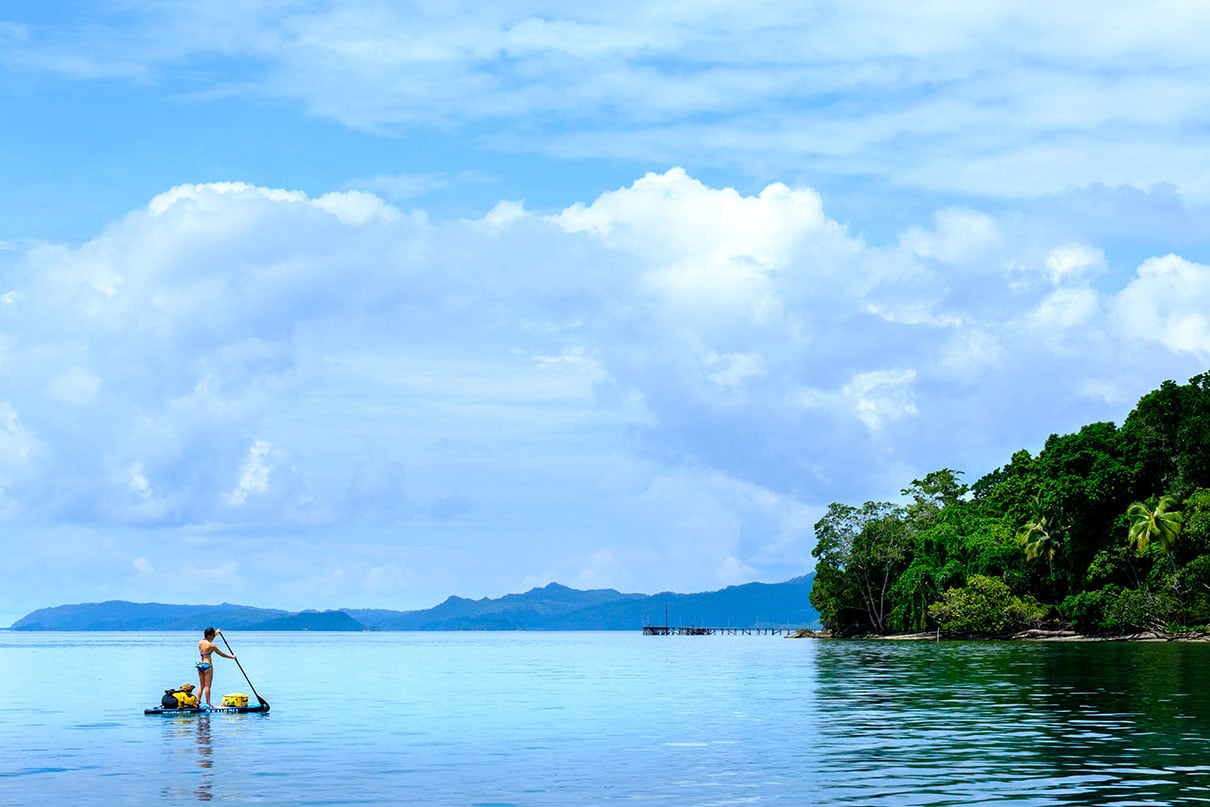
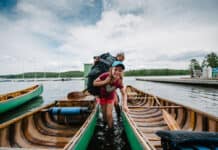
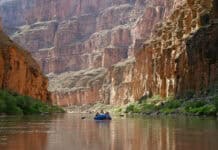

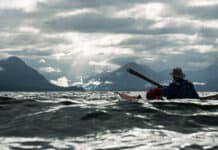
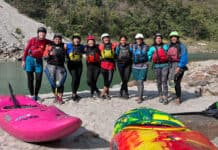

Great article! Terrible title. Try to be more helpful, editors! Its not the best way to kayak AT ALL…its an amazing sport that is often the best way to travel a landscape. Don’t go picking fights between kayakers and packrafters; its already hard enough to keep up with our slow hull speeds.
Packrafting was my entry point to whitewater and I highly recommend getting your hands on Alpacka and trying it out!